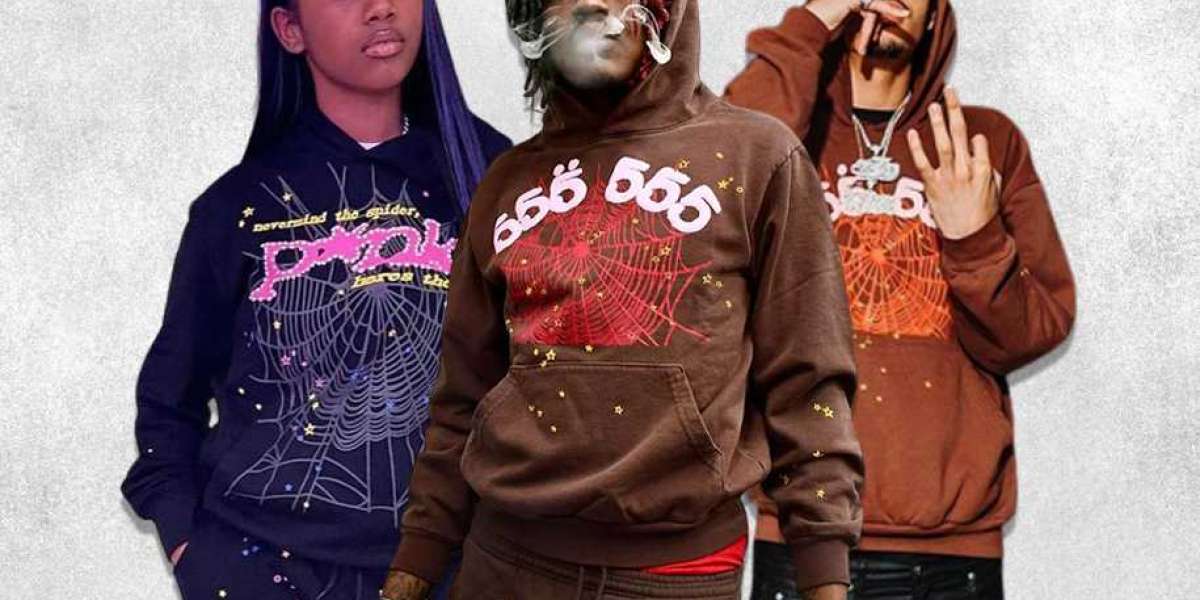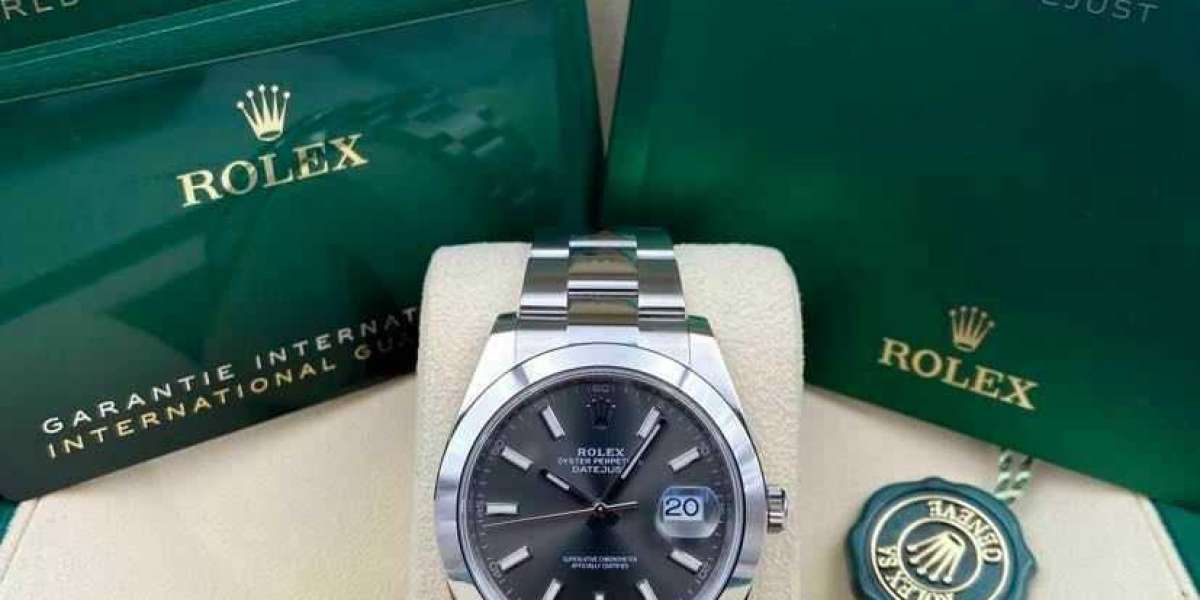As the fashion industry continues to expand its digital footprint, transparency in fashion influencing has become a growing expectation. With consumers demanding more authenticity and honesty from influencers and brands, a shift is taking place in how influencers approach product endorsements, sponsorships, and brand partnerships. This article explores the future of transparency in fashion influencing, focusing on its implications, benefits, and the evolution of ethical standards in the industry.
The Demand for Transparency in Fashion
Transparency in fashion is a multi-layered issue. Viist now https://spiderofficial.us/ Consumers want to know where their clothes are made, the environmental impact, and the working conditions of those producing them. When fashion influencers promote products without disclosing affiliations or partnerships, it not only damages consumer trust but also raises ethical concerns. Transparent practices are essential for:
- Building trust with followers
- Promoting ethical consumerism
- Holding brands accountable for their impact on society and the environment
As a result, influencers who prioritize transparency stand to build stronger, more sustainable connections with their audiences.
The Rise of Authentic Fashion Influencers
Why Authenticity Matters in Influencing
Authentic influencers share honest reviews, disclose partnerships, and remain consistent with their personal brand values. Consumers are becoming more adept at discerning genuine endorsements from paid promotions. Authentic influencers differentiate themselves by:
- Disclosing sponsored content openly
- Sharing real feedback about products, including flaws
- Staying loyal to brands and values that resonate with their audience
By cultivating trust, authentic influencers foster long-term relationships with their followers, creating an environment where followers feel respected and valued.
Case Studies of Transparent Fashion Influencers
Prominent influencers such as Alyssa Coscarelli and Emma Chamberlain have embraced transparent practices. By openly discussing their collaborations and promoting ethical brands, they have managed to cultivate an engaged, loyal following. Such examples underscore the success influencers can achieve through authenticity and transparency.
Regulatory Efforts Shaping Fashion Influencing
Laws and Regulations for Influencers
Governments and regulatory bodies are recognizing the need for guidelines around influencer marketing. Regulatory efforts are shaping transparency by:
- Requiring disclosures for paid partnerships
- Encouraging compliance with consumer protection laws
- Providing guidelines on how to label sponsored content
The Federal Trade Commission (FTC) in the United States, for example, mandates clear labeling of sponsored content to protect consumers. Influencers who do not comply with these standards may face penalties, risking both legal consequences and damage to their reputations.
Self-Regulation and Industry Standards
Beyond legal obligations, many influencers and agencies are embracing self-regulation, setting personal standards to ensure transparency. By establishing best practices, influencers demonstrate a commitment to ethical advertising, setting a positive example within the industry. These practices include:
- Clear, visible labeling of sponsored posts
- Disclosures of gifted items
- Open conversations about their partnerships and selection processes
How Technology is Driving Transparency in Fashion Influencing
AI and Blockchain in Transparent Influencing
Technology is increasingly facilitating transparency in fashion influencing. The use of Artificial Intelligence (AI) and Blockchain technology allows followers to track products' authenticity and origin. Brands and influencers can use these tools to:
- Verify the authenticity of fashion items
- Track the supply chain journey of products
- Provide consumers with transparent information on sustainability practices
By embracing these technologies, influencers are not only providing accurate information but also aligning with sustainability goals and ethical consumerism.
Social Media Platforms and Influencer Transparency
Social media platforms play a crucial role in enforcing transparency standards. Platforms such as Instagram, TikTok, and YouTube have introduced tools to label branded content. Features like the "paid partnership" tag on Instagram help consumers identify sponsored posts easily, making it harder for influencers to conceal affiliations.
The Benefits of Transparency for Fashion Brands and Influencers
Building Credibility and Loyalty
Transparency fosters trust, and with trust comes loyalty. Influencers who engage openly with their followers create a foundation of credibility, which benefits both influencers and the brands they promote. Check it now https://www.sp5derhoodieshop.net/ Transparent influencers are more likely to attract committed, engaged audiences who value their opinions.
Increased Brand Value through Ethical Partnerships
For brands, working with transparent influencers can enhance brand value. By aligning with influencers who prioritize honesty and authenticity, brands send a positive message about their commitment to ethical business practices. This approach resonates particularly well with Gen Z and Millennial consumers who value transparency and integrity.
Challenges of Transparency in Fashion Influencing
Pressure to Maintain Authenticity
As the demand for transparency grows, influencers face pressure to maintain authenticity while balancing financial needs. For some, this might mean turning down lucrative partnerships if they don’t align with their values. Additionally, influencers must navigate the challenge of transparency without oversharing personal information or straying from their brand.
Navigating Negative Feedback and Backlash
Transparency can also expose influencers to criticism, especially when their audience disagrees with a partnership choice. However, handling such situations gracefully and with honesty often leads to a stronger bond with followers, even amid backlash.
The Future of Transparency: Trends to Watch
Continued Rise of Sustainable and Ethical Influencing
Sustainability and ethical consumerism will continue to grow as influential trends in fashion. Influencers who align themselves with sustainable brands and promote environmentally conscious products will resonate more with socially aware consumers. These influencers are likely to lead the way in transparent practices, shaping the future of the industry.
Partnerships with Purpose-Driven Brands
Purpose-driven brands prioritize social and environmental impact over pure profit. Influencers who collaborate with these brands are seen as supporting a greater cause. As a result, purpose-driven partnerships are likely to become a dominant trend in fashion influencing.
Increased Accountability for Influencers
As the industry matures, there will be greater accountability for influencers, both from regulatory bodies and audiences. With followers becoming more vocal about their expectations, influencers will need to adhere to high standards of transparency to maintain their credibility and trust.
Conclusion
Transparency in fashion influencing is transforming the industry, setting new standards for honesty and integrity. By embracing transparent practices, influencers and brands alike can foster trust, promote ethical consumerism, and build strong, lasting connections with their audiences. The future of fashion influencing will undoubtedly be shaped by those who prioritize authenticity and align their actions with their values. For influencers, the choice to be transparent is no longer optional—it is essential for long-term success in an ever-evolving digital landscape.



